Museums have spent millions on art education trying to reach out to the young and elderly. But if you have a grandmother like mine, the kind who, despite a PhD in another field, immerses herself in your interests, then it doesn’t matter how many octogenarian-friendly wall texts or emails LACMA, MOCA or the Getty write. Her reviews always look a little like: “X friend of 50 years and I went to see the Baldessari exhibit. She knew as much about what was going on over there as I did. Except all those dots everywhere.”
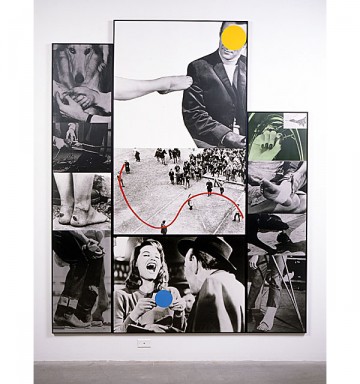
John Baldessari, "Heel," 1986
So in honor of this year’s pilgrimage to Grandma’s house, and with a nod to the Dutch filmmakers Lerner’s and Sander’s series How To Explain It to My Parents, I decided to take on the role of an arts educator and follow up on a comment that in its first iteration ended up in cupcakes and gossiping about early 20th century movie stars: “Sash that Sherrie Levine sounds like a nice Jewish girl.”
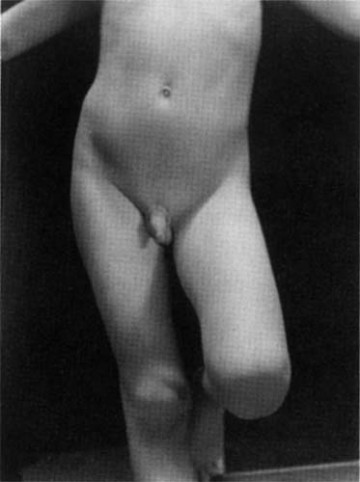
Sherrie Levine, "Untitled (After Edward Weston)," 1981
What emerged is reminiscent of the late night chatter Douglas Crimp must have had with his gentleman callers who asked “Who’s the kid in the photograph?” that he recalls in The Boys in My Bedroom. In 1983, Crimp wrote of Levine, “her appropriations have only functional value for the particular historical discourses into which they are inserted,” but recants in Bedroom after realizing that his late-night friends, even sans post-modern theory, are less naïve than he thought.
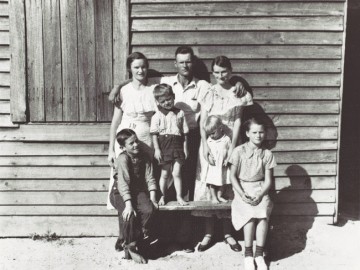
Sherrie Levine, "After Walker Evans-2," 1981. Courtesy the Metropolitan Museum of Art.
Mickey Freedman: I like the picture because it depicts the reality of the depression, and the dust bowl has always interested me. The faces of these people are haunting and the background reeks of desperation.
Alex Freedman: Okay—but you realize that this is Levine’s photograph of Walker Evan’s exhibition catalogue First and Last. Read this link from the MET.
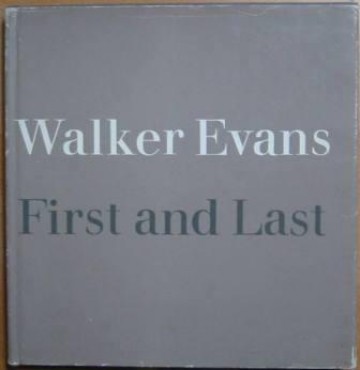
Walker Evans, "First and Last," 1978
MF: What the devil is the commodification of art?????
AF: The idea for a lot of conceptual artists, including Baldessari, was to alter the status quo of museums and galleries determining what is art, and to offer ideas rather than artifacts. In a way, Levine’s photograph is about how you could go to a bookstore and photograph Walker’s catalogue yourself, and pointing out how your picture, her picture, and the representation in the book aren’t what the art market considers to be an original print. To simplify, this upsets a lot of presumptions that collections and art sales are based on.
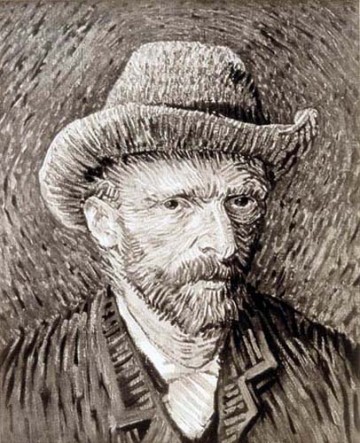
Sherrie Levine, "After van Gogh," 1993
MF: Hmph. With this one, I’d rather look at the van Gogh because of the oil’s texture and the nuances that the photograph doesn’t reproduce. But Levine’s picture is definitely original because it’s so different from the initial work.
AF: So is Levine’s picture of the van Gogh book more convincing to you as a work of art than her photograph of Walker Evans’s book?
MF: Photographs are supposed to be reproduced. But if her work is talking about the commodification of art then I appreciate what she’s doing for Van Gogh. Poor man died without a penny and they’ve made so much money from his work. You read his letters didn’t you?
AF: Yes I did, and that’s a good point. I think she’s also trying to talk to us about how Walker and van Gogh cease to be “authors” of their work, or rather their legacies because of the way in which the works and their reproductions are circulated without his assistance or direction.
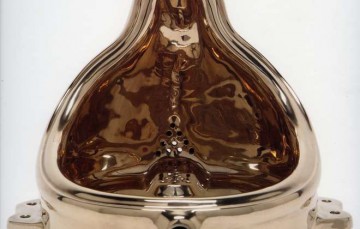
Sherrie Levine, "Fountain (Buddha)," 1996
MF: But isn’t that with everyone when they are dead? I don’t know about a urinal inspired by Duchamp’s Fountain. The water is going the wrong way…
AF: Have you seen Duchamp’s Fountain?
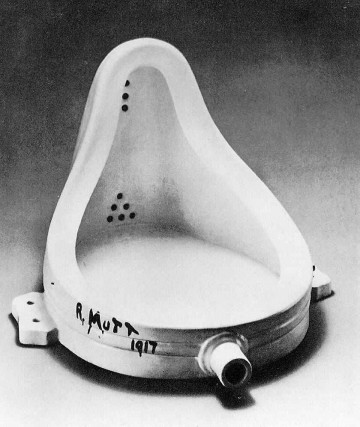
Marcel Duchamp, "Fountain," 1917
MF: Ok. Levine’s is a definite improvement. But why is a urinal art? You can see that hanging in any men’s room.
AF: Well its point is: why not? In 1917, Duchamp submitted it under the pseudonym R. Mutt to an exhibition that claimed it would show all art. The jury rejected the piece, and there begins the inclusion of ready-mades or found objects in artistic practice.
MF: I take it Greenberg thought Duchamp was a schmuck?
AF: Haha. Yes.
MF: So does that make a box of old tennis shoes a work of art if I say it is?
AF: If you can show it in an exhibition context and write an artist statement for it.
MF: What is an artist statement?
AF: It is a statement that explains your artistic intent in your general practice or in regard to the particular work that you’re creating.
MF: My intent is to show the disintegration of daily life’s vital necessities with time.




Pingback: Notes for A2 – uvcsjf